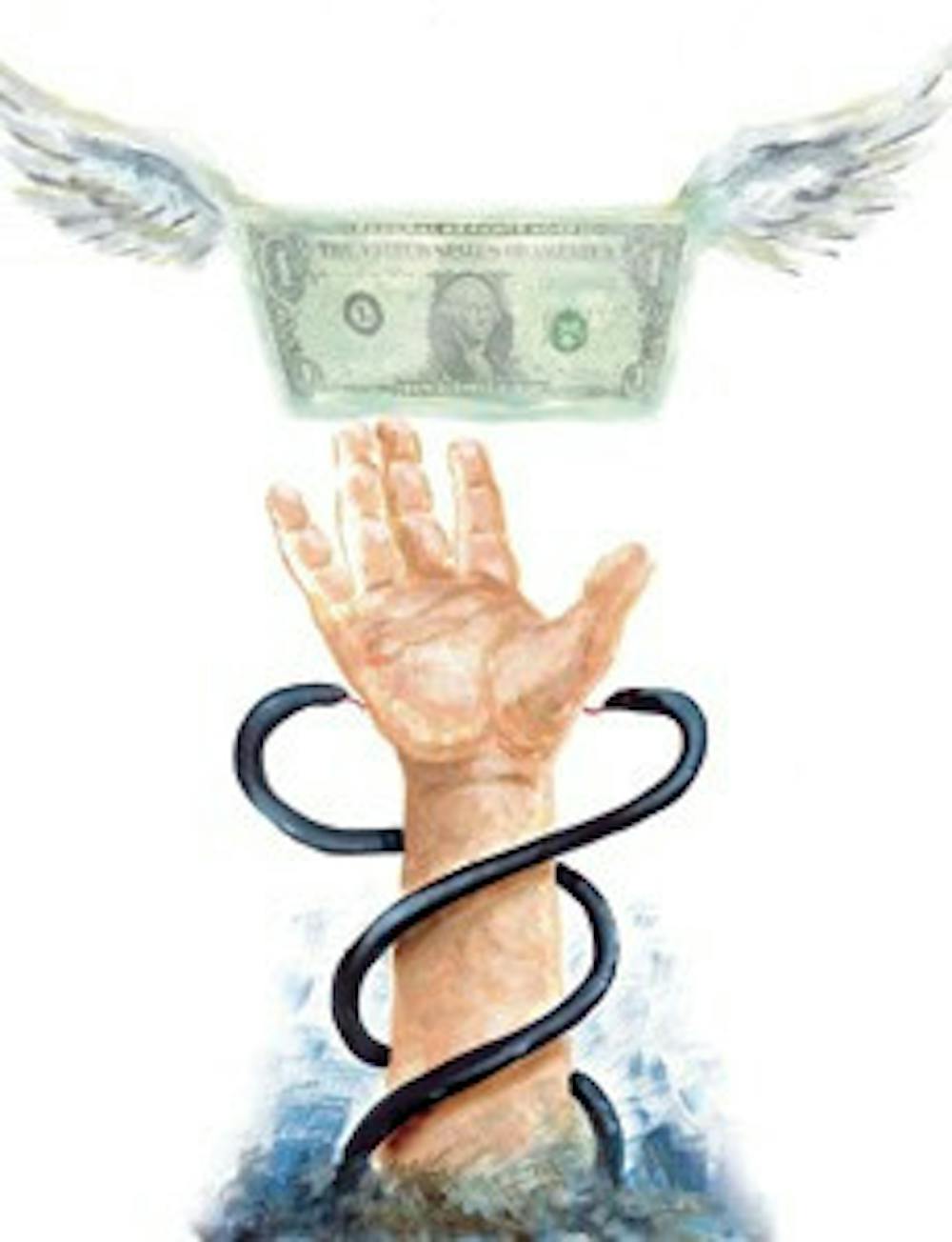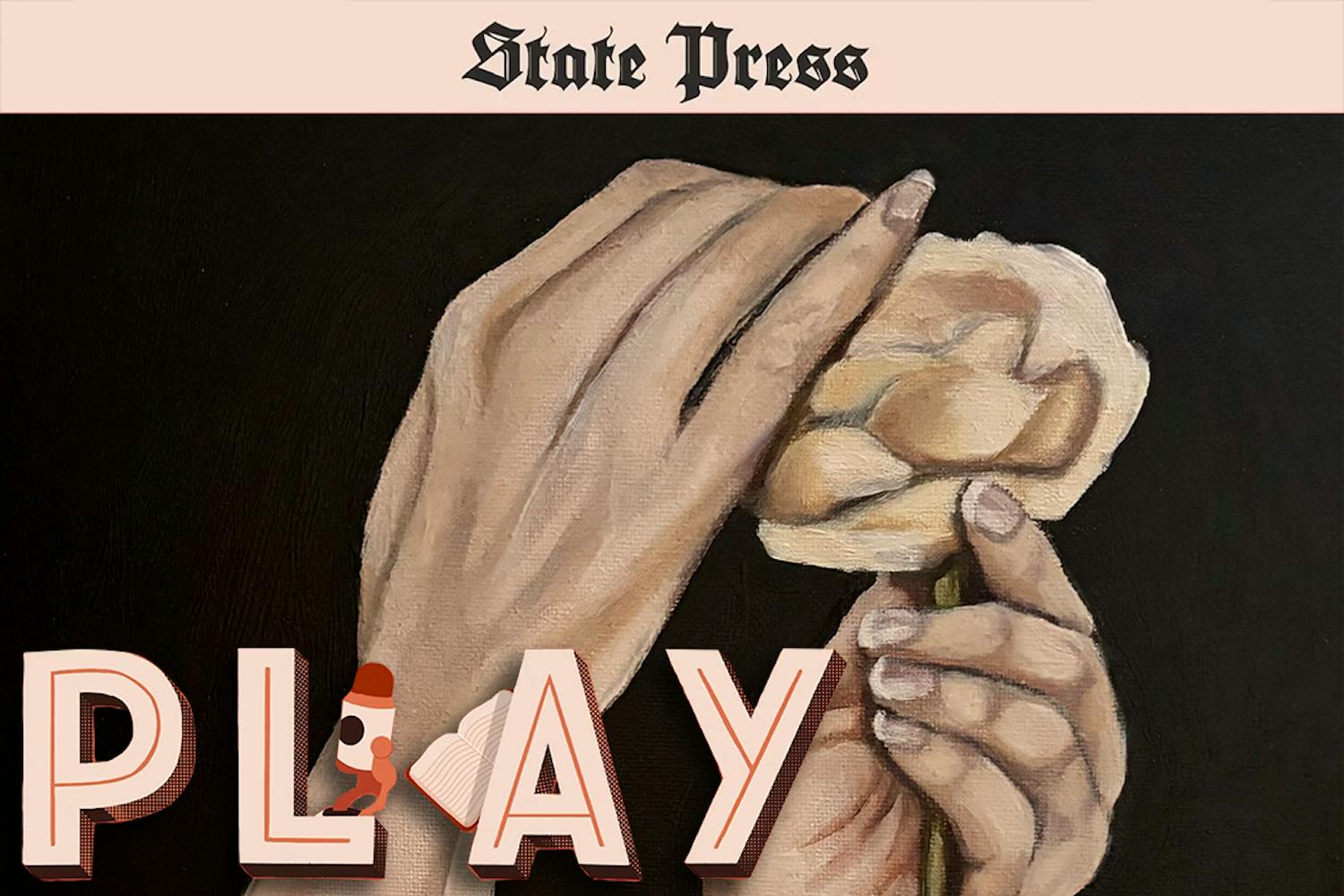Efren Martinez considers himself lucky.
No more family remedies, no more avoiding doctor visits and no more expensive dental procedures.
After six years without health insurance, the ASU electrical engineering freshman is finally covered.
"It feels good just paying like 20 bucks at a doctor's office," he said. "I don't have to stay sick."
But according to a new study, one in five of Martinez's peers isn't so lucky: they have to choose between staying sick and avoiding the doctor or paying steep prices for health care.
Twenty percent of U.S. college students ages 18 to 23 don't have health insurance, according to a Government Accountability Office study released late last month, the majority of which are part-time students, racial and ethnic minorities, or from low-income households.
Those insured are mostly covered through employer plans — either their own or, like Martinez, a family member's.
His mother got a new job at Costco, which offers reasonable coverage plans, he said.
But for those who are uninsured and unemployed, health insurance might be simply unaffordable, said John Dicken, GAO senior analyst.
Having insurance, he said, increases a student's chance of seeing a doctor.
"If they are uninsured, they will be more likely to forego health care when they need it," he said.
Sen. Edward Kennedy, chairman of the Senate Health, Education, Labor and Pensions Committee that commissioned the study, said in a press release that the findings are unacceptable.
"Students must be healthy to learn, and guaranteeing that they have quality health coverage should be a priority for our nation," the Massachusetts Democrat said.
And though the report said only about half of U.S. colleges offer a university health care plan, many schools are not only trying to guarantee health care for students, they are mandating it.
Students at Stanford University, the University of Vermont and the University of California system must have health insurance, according to the schools' Web sites.
But mandatory insurance runs counter to ASU's missions of access and affordability, said Allan Markus, ASU director of campus health.
"It's a great idea for the health of students," he said. "But it's a challenge for students who don't have the means to be able to afford it."
Cost plays a major role in the decision of whether to get heath care, he said.
Though there are no figures for how many total ASU students lack insurance, Markus said about 15 percent of the students he treats at the Campus Health Service are uninsured.
For them, he said, Campus Health offers a 15 percent discount off what Medicare would reimburse a physician for a procedure, but the cost is still expensive.
"The person who normally has to pay the most is the person without insurance," he said.
ASU offers the Student Health Insurance plan for $1,400 for the 2008-2009 school year, up 10 percent from $1,200 this semester.
Also offered is a discount plan called the bridge plan, which costs $96 per semester and reduces the cost of many routine services performed at the ASU health care facility.
Currently, the insurance plan covers 6,800 students and the bridge plan 900, Markus said.
Uninsured students racked up costs of $100 million to $250 million in routine medical expenses in 2005, the report said.
Reach the reporter at: daniel.newhauser@asu.edu.




